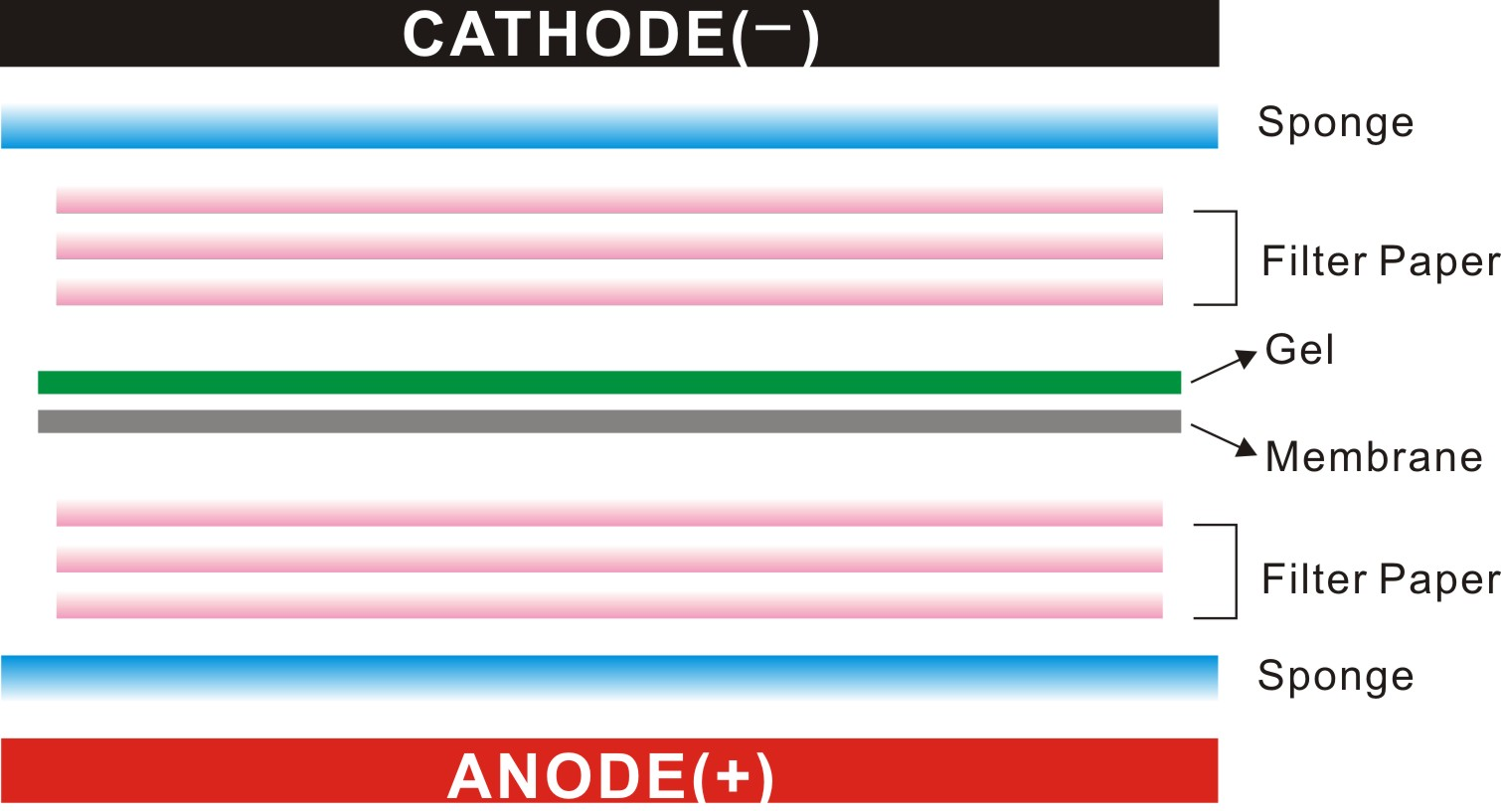

WESTERN BLOT TRANSFER TROUBLESHOOTING MANUAL
Conclusion: For reducing the troubleshooting and enhancing awareness of the new developments in WB, this review summaries a representative of methods, reagents, and devices in the WB procedure. This reference manual provides information on the fundamentals of protein transfer and detection chemistries. In this section, you can find solutions to problems with blot background signal. Western blotting typically involves protein separation by gel electrophoresis followed by transfer to a. The Western Blot Doctor is a self-help guide that enables you to troubleshoot your western blotting problems. This method is widely used to detect specific protein molecules in complex samples such as tissue homogenates and cell lysates. The efficient transfer of proteins from a gel to a solid membrane and specific immunodetection depend greatly on different parameters. Western blotting is a well-established analytical technique for detecting, analyzing, and quantifying proteins. Protein transfer with subsequent immunodetection is a great tool to identify a multitude of proteins, especially those proteins that are of low abundance. These processes involve the transfer of protein patterns from gel to microporous membrane. This process basically can be divided into five steps: (I) the protein extraction, (II) electrophoresis, (III) membrane transfer, (IV) immunodetection, and (V) visualization and analysis. WB provides good qualitative results for determining a sample containing a target protein and is particularly useful for analyzing insoluble proteins. Use positive control and/or molecular weight marker.
WESTERN BLOT TRANSFER TROUBLESHOOTING DOWNLOAD
After blotting, stain membrane to measure transfer efficiency. Troubleshoot your Westerns using the reference guide below, download the Protein Blotting Handbook for principles and protocols, or for customized assistance, visit: /techservice. Any number of things can go wrong during the Western blot procedure that will result in little to no signal. To this point, we collected a comprehensive review article on steps and troubleshooting of Western blotting (WB). Poor or incomplete transfer: Repeat blot. First things first make sure you have a transfer issue. Introduction: The detection of protein expression in tissues and nerve cells is necessary for the modern neuroscience research laboratory and laboratories making diagnostic approaches. Shefa Neuroscience Research Center, Khatam Alanbia Hospital, Tehran, Iran, (1178 Views) Neuroscience Research Center, Mashhad University of Medical Sciences, Mashhad, Iran. The first step in a Western Blot analysis involves the preparation of sample lysates for the subsequent protein separation. Look at the two gels and the membrane and you can tell how well your transfer was.Western Blotting Protocol and its TroubleshootingĪ. Then after transfer coomassie stain the transferred gel and ponceau stain the membrane. Transfer one but coomassie stain the other. One thing you can do to see the effectiveness of the transfer is to run two replica gels. Larger proteins can take longer to transfer, so whatever is happening in your situation your transfer is not very effective. I think the issue is that your transfer is not effective. These are things you can do for the time being. We also put an ice pack into the bio-rad wet transfer. We usually make a 10x stock (without methanol) and immediately prior to running the transfer we make up 1L of 1x transfer buffer by adding 700mL water + 100mL 10x buffer + 200mL methanol. Western Blot Troubleshoot: High Background Signal on the Blot. Antibodies are binding to the blocking agent. Make sure you are making the towbin transfer buffer properly - just prepare a fresh batch or buy it. This section provides an overview of the transfer conditions required for performing electrophoretic protein transfer. Carefully remove air bubbles between the gel and the membrane before protein transfer. That usually has worked for every protein I have tried to transfer/blot. I have overloaded Westerns before and have seen what it does to the bands the current problem is distinct because the bands are no longer bands. I use a 0.45 micron nitrocellulose membrane and do a wet transfer with bio-rad with CONSTANT amperage 400 milliamps for 75 minutes. Diffuse bands resulting from too much protein.


 0 kommentar(er)
0 kommentar(er)
